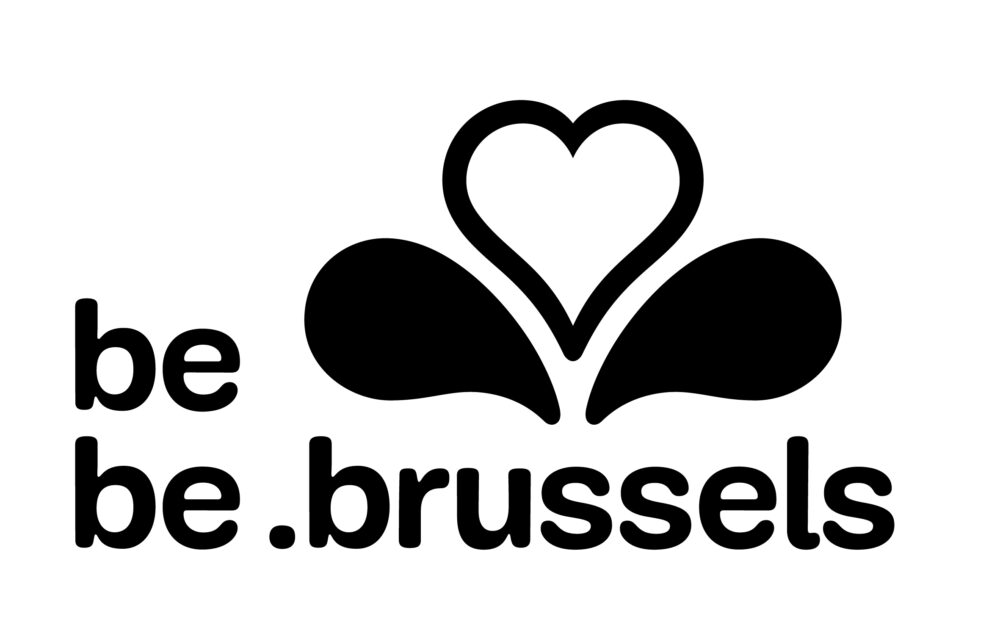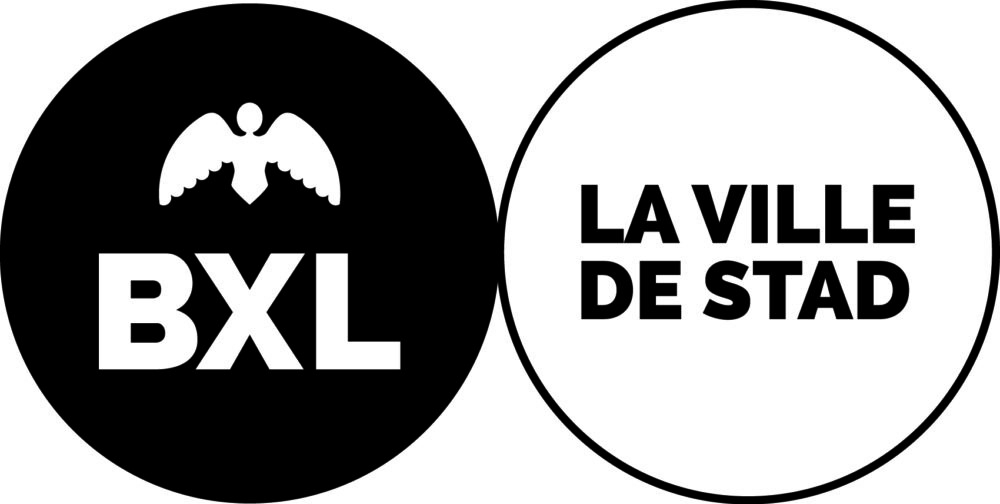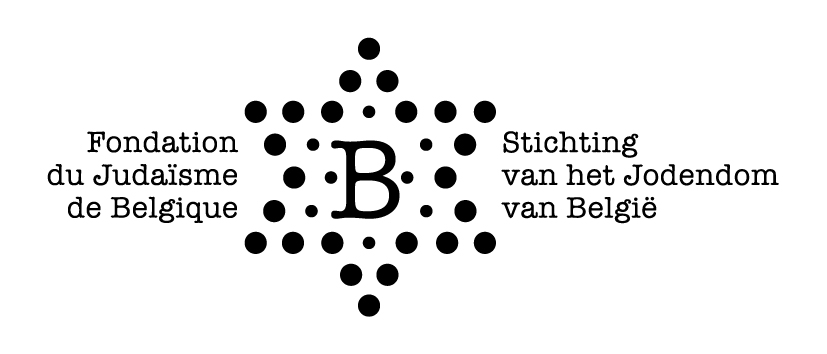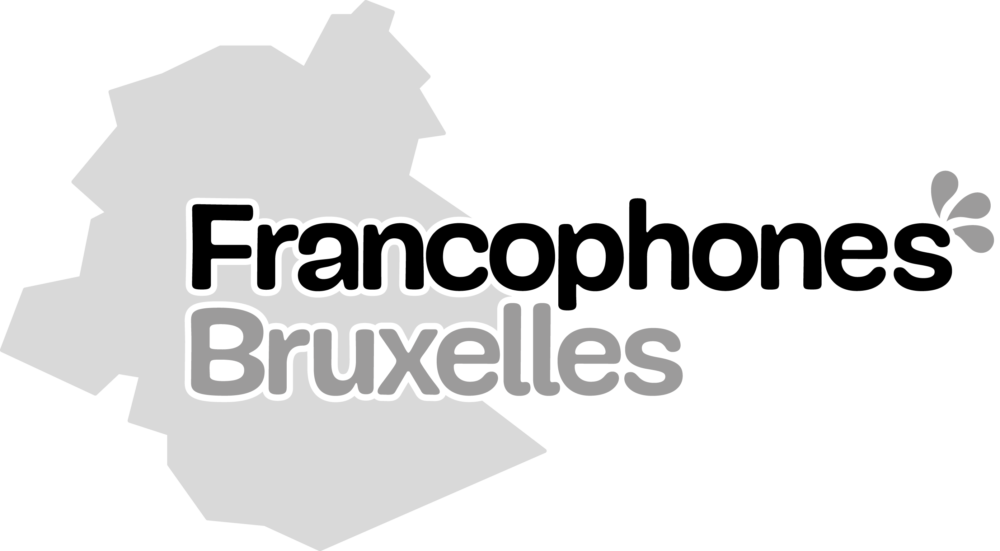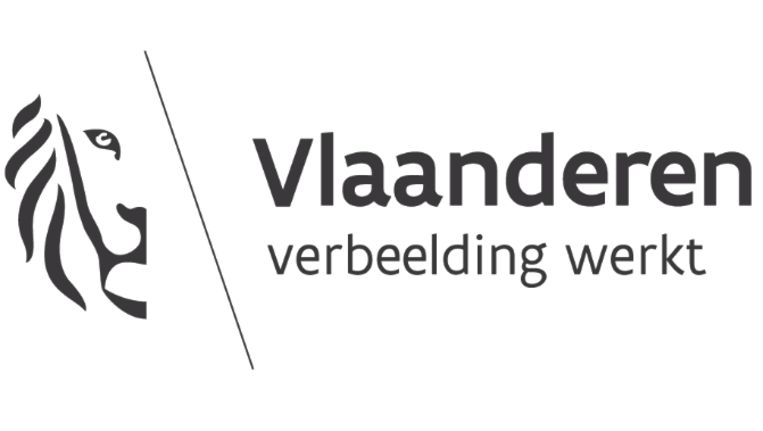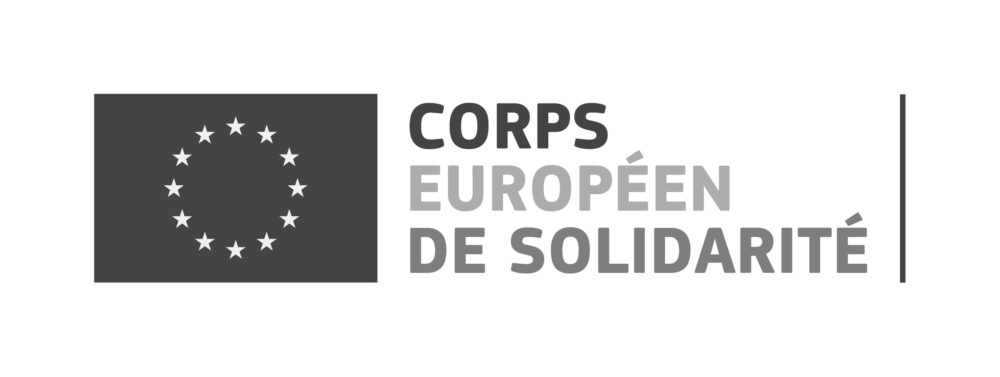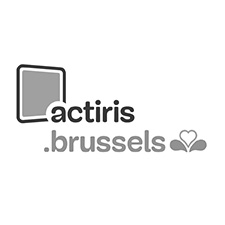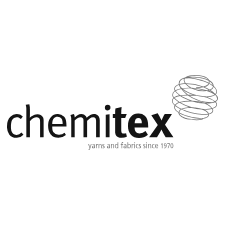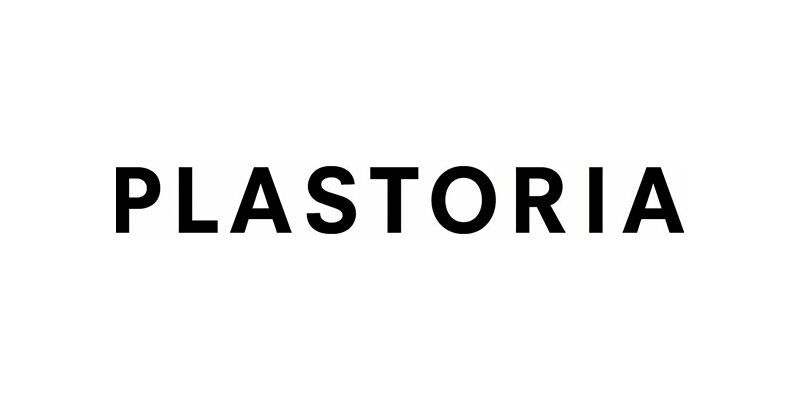Jacques Aron (Antwerp 1933), architect and urban planner, has taught the history and theory of these disciplines. An honorary professor at the University, he has always devoted himself to writing and visual arts. He is also the author of numerous works on architecture, philosophy and Jewishness, particularly in German-speaking countries.
From the 1990s onwards, he tried his hand at collage, initially on paper but soon in digital form. This artistic practice complements his research into an overall philosophical conception of the European Jewish condition.
Passionate about painting and the history of Western painting, this self-taught artist seized a creative opportunity: the sculpture on the beach at Ostend by the artist Kris Martin, which, in oxidised steel, reproduces the shape of the frame of the polyptych of the Mystic Lamb by the Van Eyck brothers.
The beach altar in Ostend is a nod to the name given by Kris Martin to his sculpture planted on the beach in front of the Palais des Thermes hotel. This empty frame offers walkers the chance to use it as windows evoking different seascapes that change with the light of day and the seasons.
Or perhaps it is an enigma for them, or a structure that they can use as a support for physical exercise, or even to take a photo souvenir, or to photograph themselves in the contemporary age of selfies?
In this series of collages, he links the idea of the empty frame to that of the death of God, as written by Nietzsche in particular. Once the frame is empty, the collage artist’s imagination is free to fill it with a multitude of themes, sometimes drawn from the works of other famous painters such as Ensor, Magritte, Bruegel, Poussin, Géricault, Millet, and others, who rub shoulders with some of the characters of the Van Eyck brothers, or other themes born of his extensive literary culture.
Through the various works on display, visitors are invited to try and work out which artists feature in which collages.
